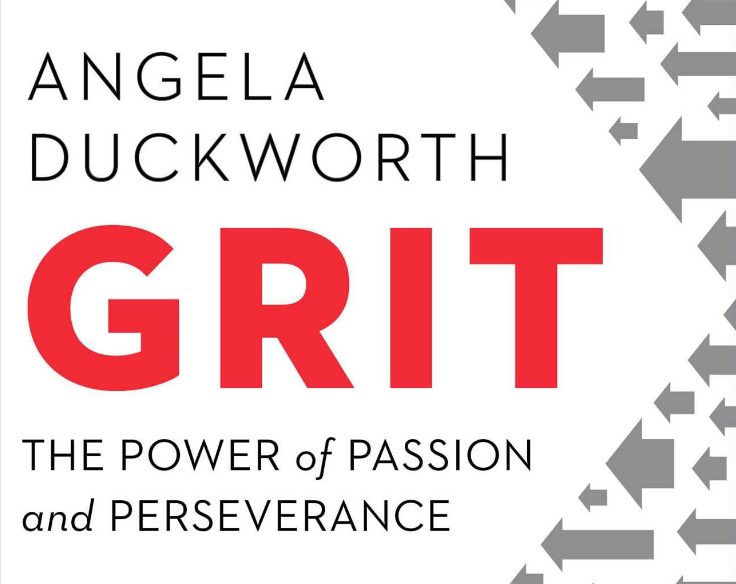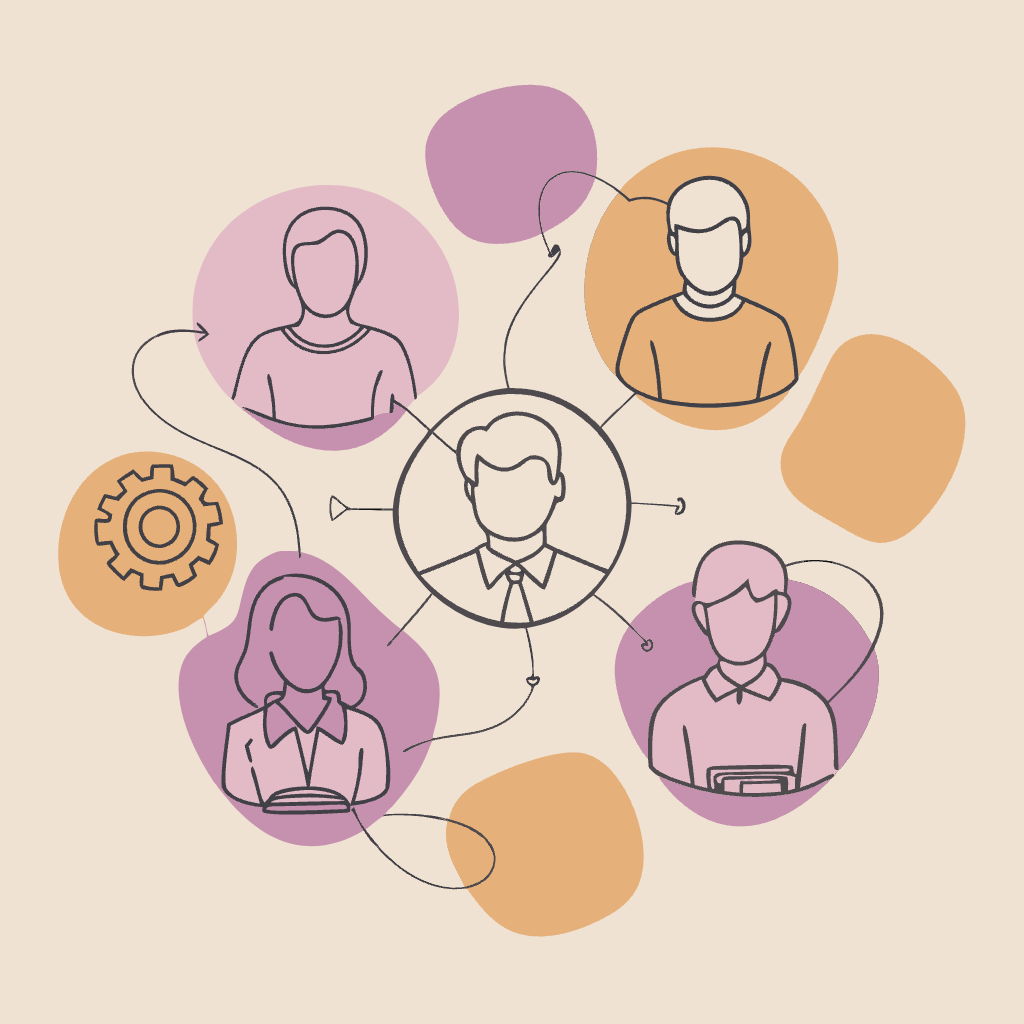Behavioral experiments are practical, low-risk interventions designed to test and implement new behaviors within an organization. They are a strategic approach to driving cultural and operational change by focusing on small, high-impact actions that can be measured and iterated upon.
Key Aspects of Behavioural Experiments:
- Objective:
- Purpose: To change or instill specific behaviors that align with organizational goals such as sustainability, responsibility, and collaboration.
- Outcome: Tangible improvements in organizational culture and practices.
- Principles:
- Belief-Driven: Behaviour change is driven by underlying beliefs, which are shaped by experiences.
- Iterative: Involves short, repeatable cycles (sprints) that allow for continuous feedback and adjustments.
- Measurable: Focuses on clear, quantifiable outcomes to assess the effectiveness of the interventions.
- Process:
- Diagnose: Assess the current state of the organization to identify areas for improvement.
- Design: Create small-scale, measurable experiments aimed at addressing the identified areas.
- Develop: Implement the experiments, gather data, analyze results, and refine the approach.
- Benefits:
- De-risk Change: By testing changes on a small scale, organizations can avoid the risks associated with large-scale transformations.
- Unlock Potential: Helps in fully realizing human potential by fostering a culture of innovation and continuous improvement.
- Enhanced Engagement: Engages employees by involving them in the process of organizational change, thereby increasing buy-in and participation.
- Examples:
- Creating Safe Spaces: Implementing dedicated time for team members to share challenges and collaborate on solutions.
- Building Trust and Empathy: Introducing activities that encourage personal sharing and team bonding to strengthen interpersonal connections.
Implementing Behavioural Experiments: A Step-by-Step Guide
- Diagnose:
- Conduct an assessment to measure current practices and identify strengths and areas for improvement.
- Set specific goals for the behavioral changes you aim to achieve.
- Design:
- Collaborate with innovation coaches or behavioral experts to design focused experiments.
- Plan the experiments in short cycles (e.g., two-week sprints) with clear hypotheses and expected outcomes.
- Develop:
- Launch the experiments and monitor progress.
- Collect feedback and data to evaluate the impact of the interventions.
- Iterate based on the insights gained, refining the experiments to enhance their effectiveness.
- Scale and Sustain:
- Identify successful experiments and develop toolkits to replicate them across the organization.
- Engage other leaders to model the desired behaviors and promote broader adoption.
Conclusion
Behavioral experiments are a powerful tool for leaders aiming to embed responsible and sustainable behaviors within their organizations. By adopting a structured, iterative approach, leaders can de-risk change, foster continuous improvement, and unlock their organization’s full potential. Whether it’s building trust, enhancing collaboration, or driving innovation, behavioral experiments provide a roadmap for sustainable organizational transformation.
Discover more from Susiloharjo
Subscribe to get the latest posts sent to your email.





